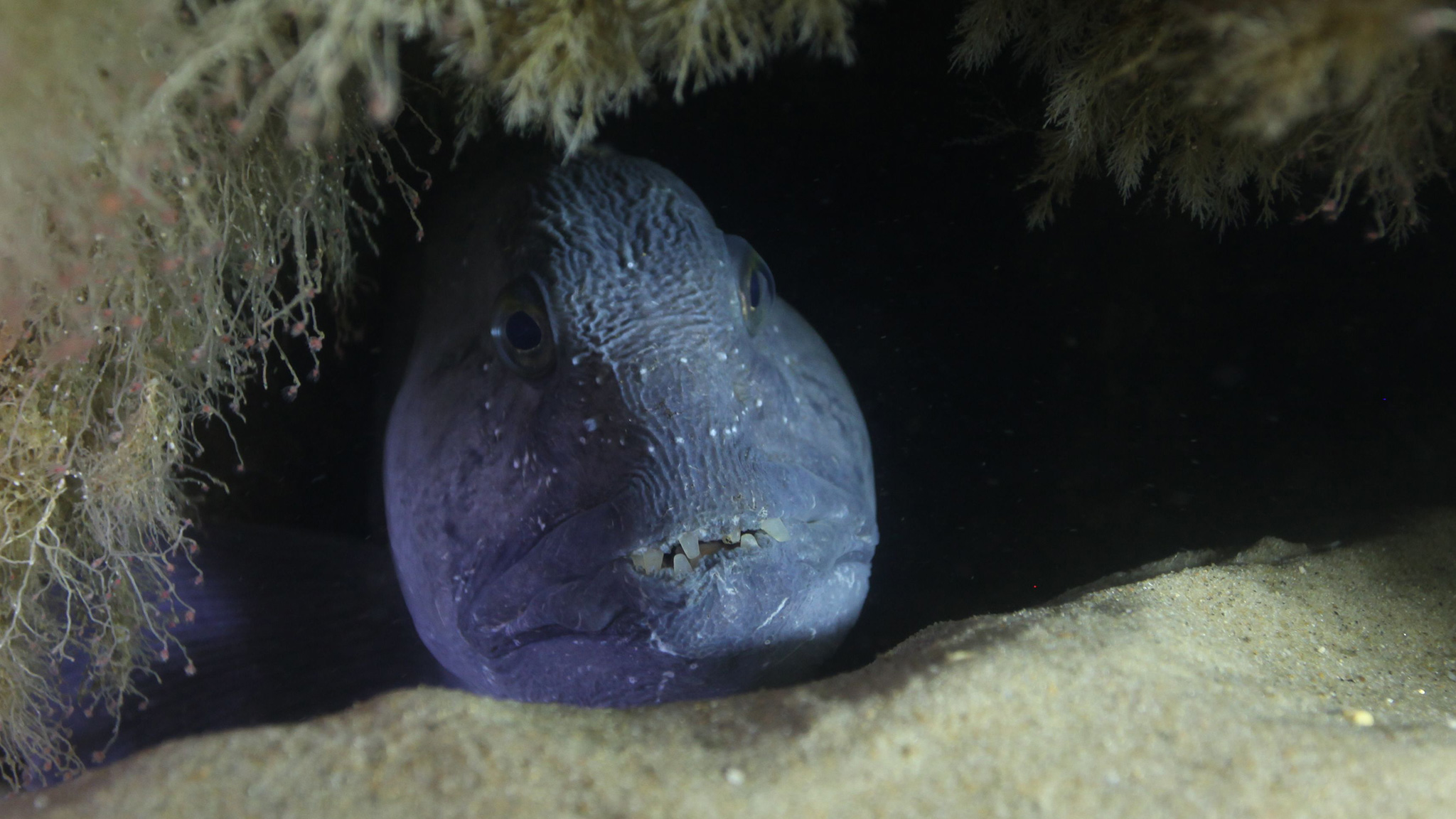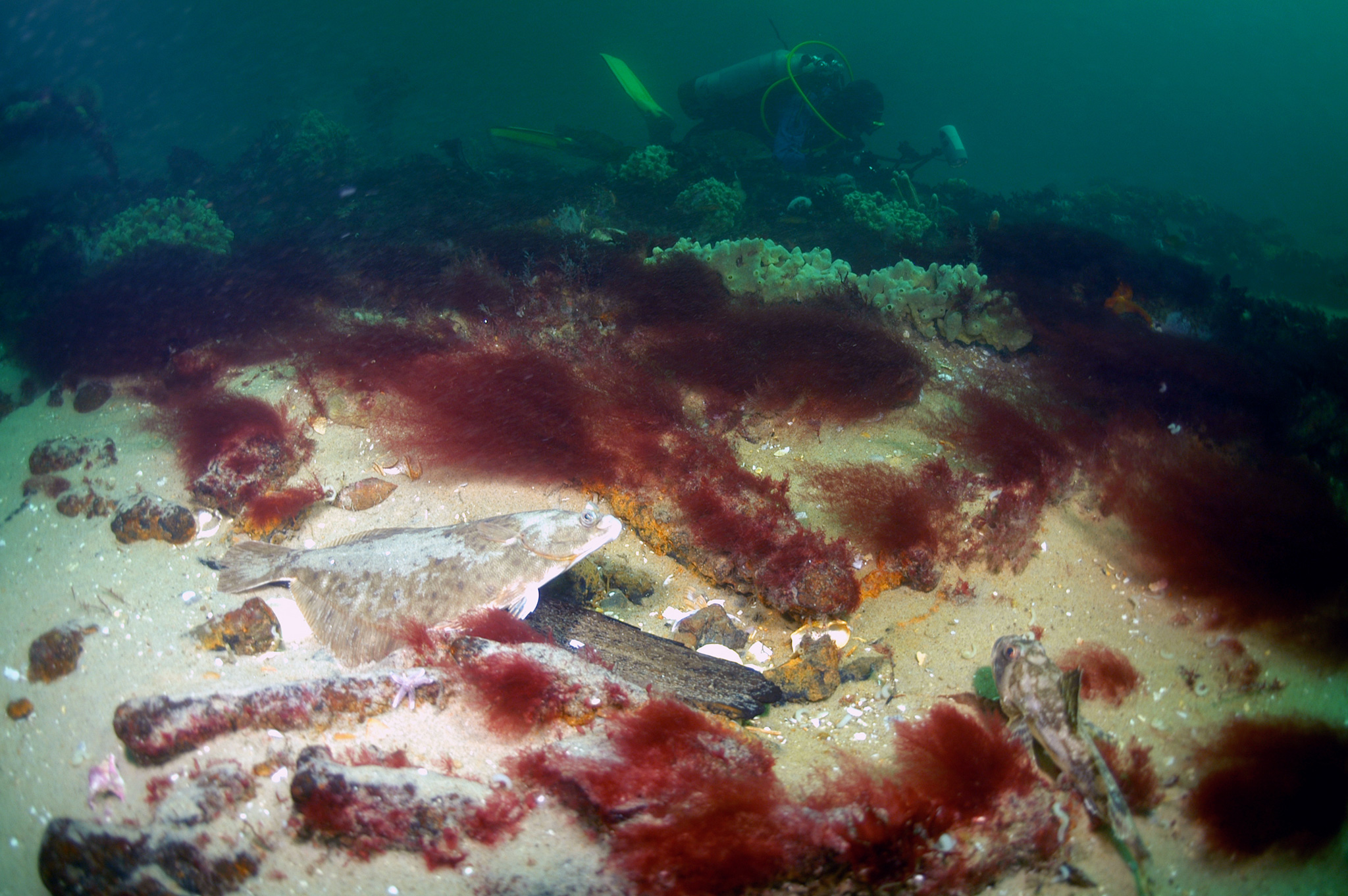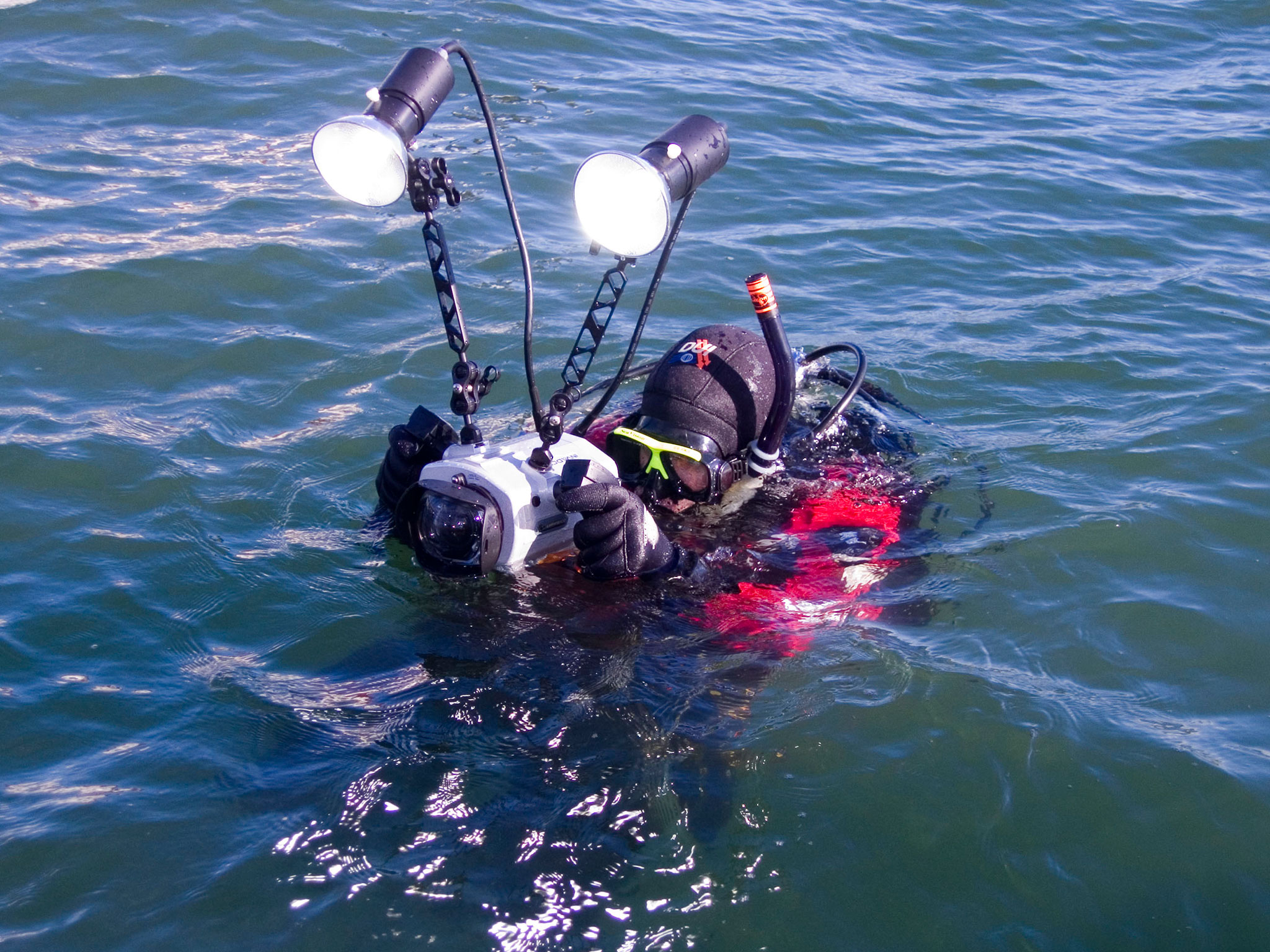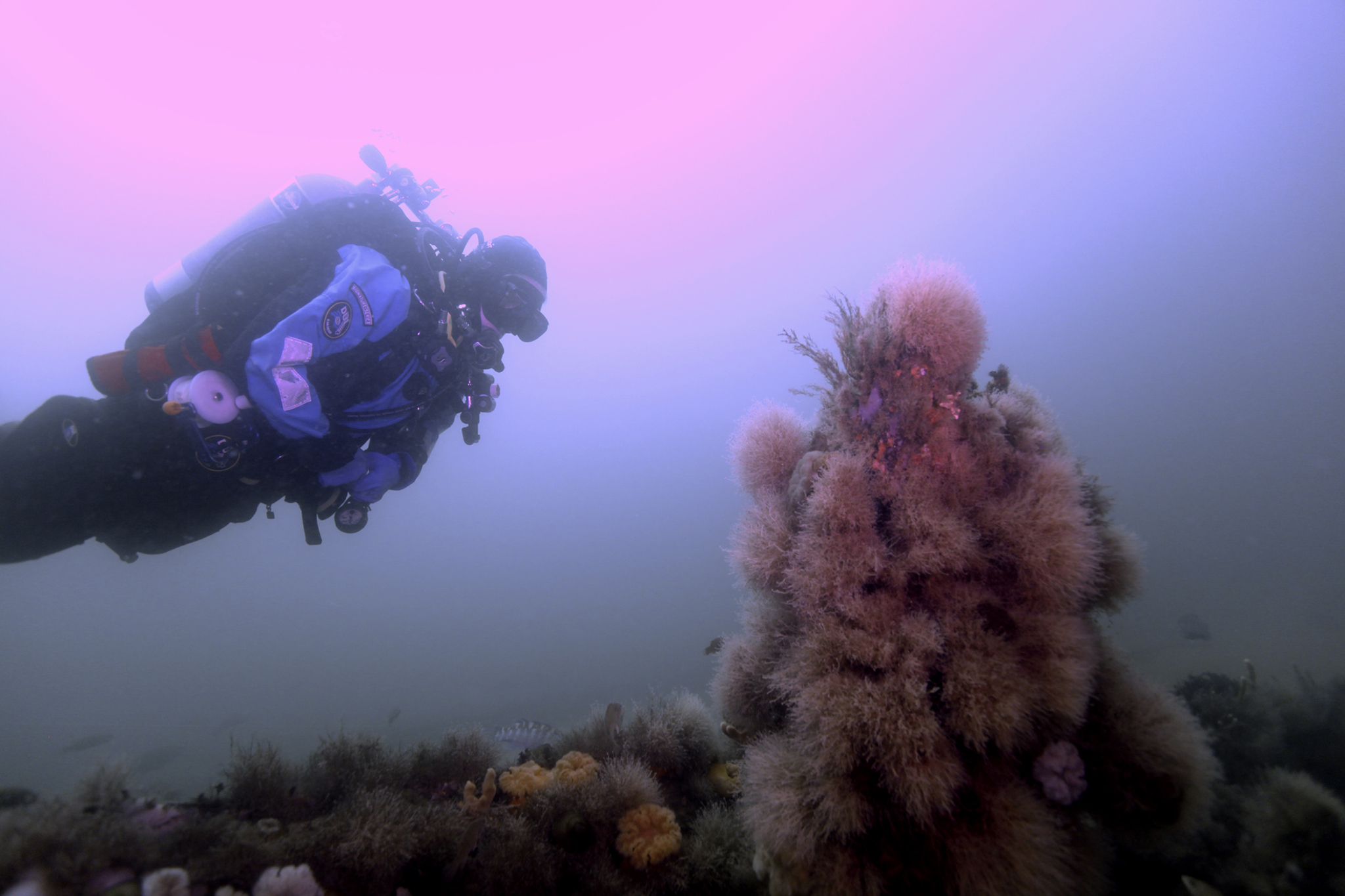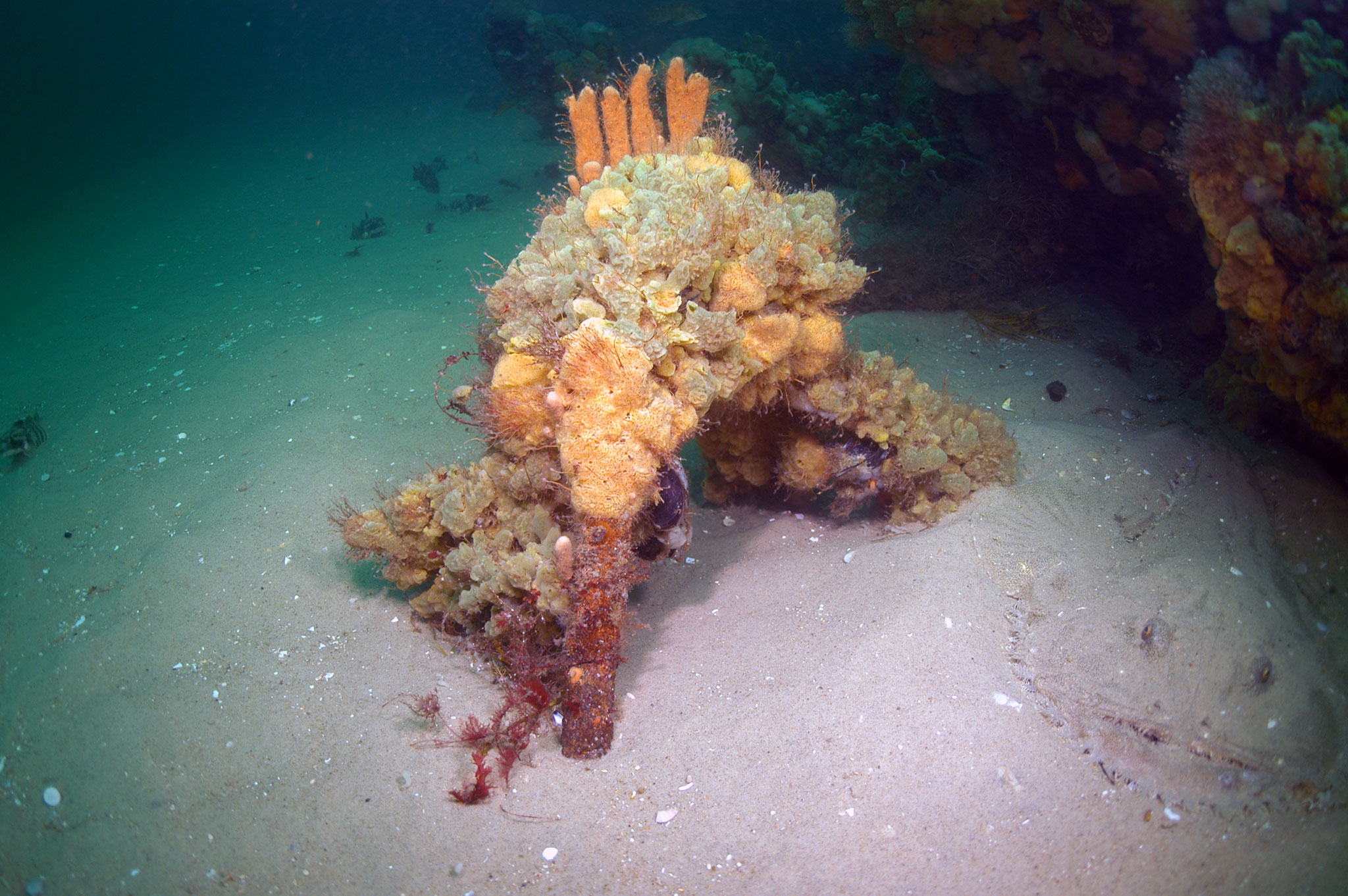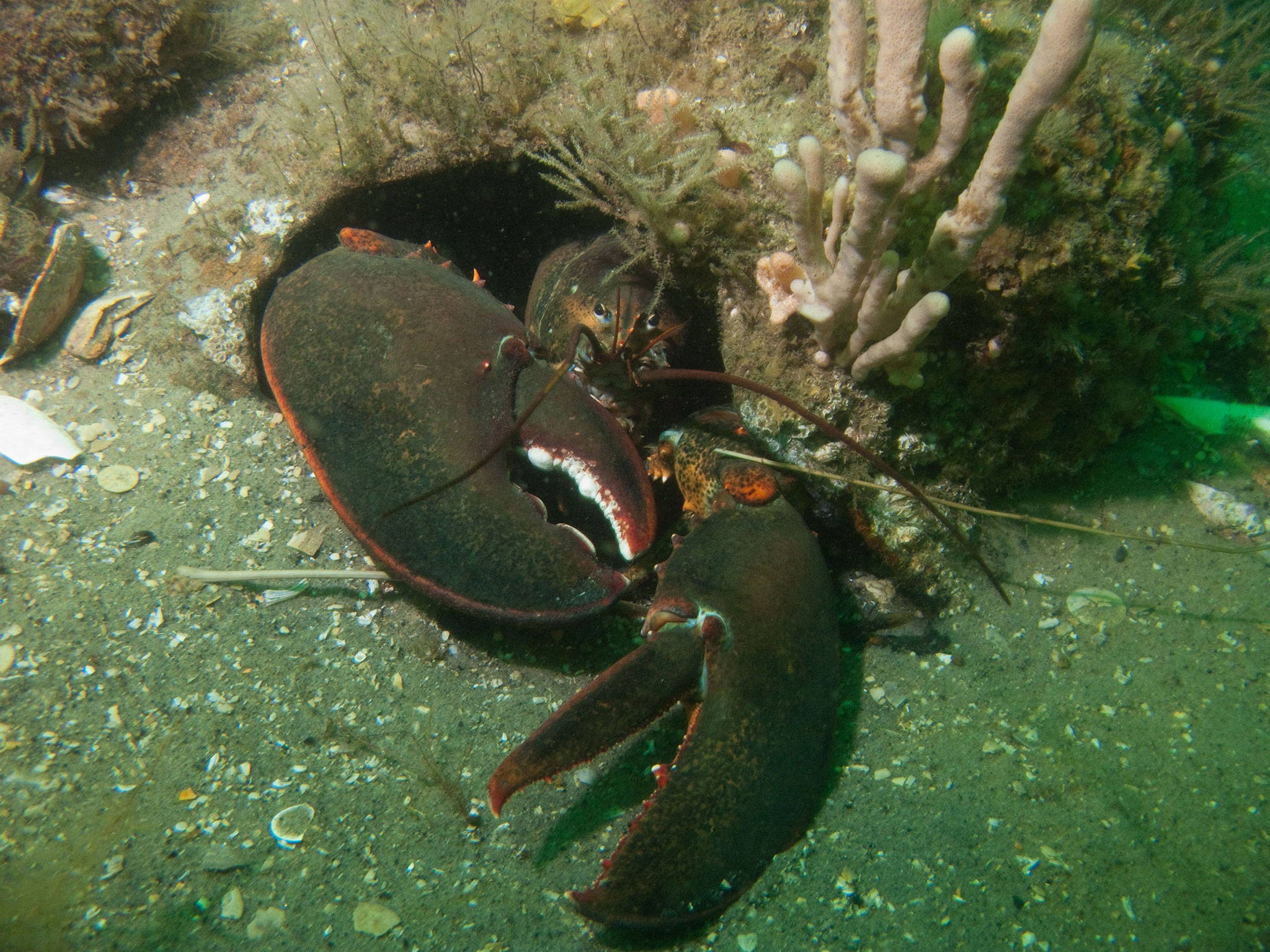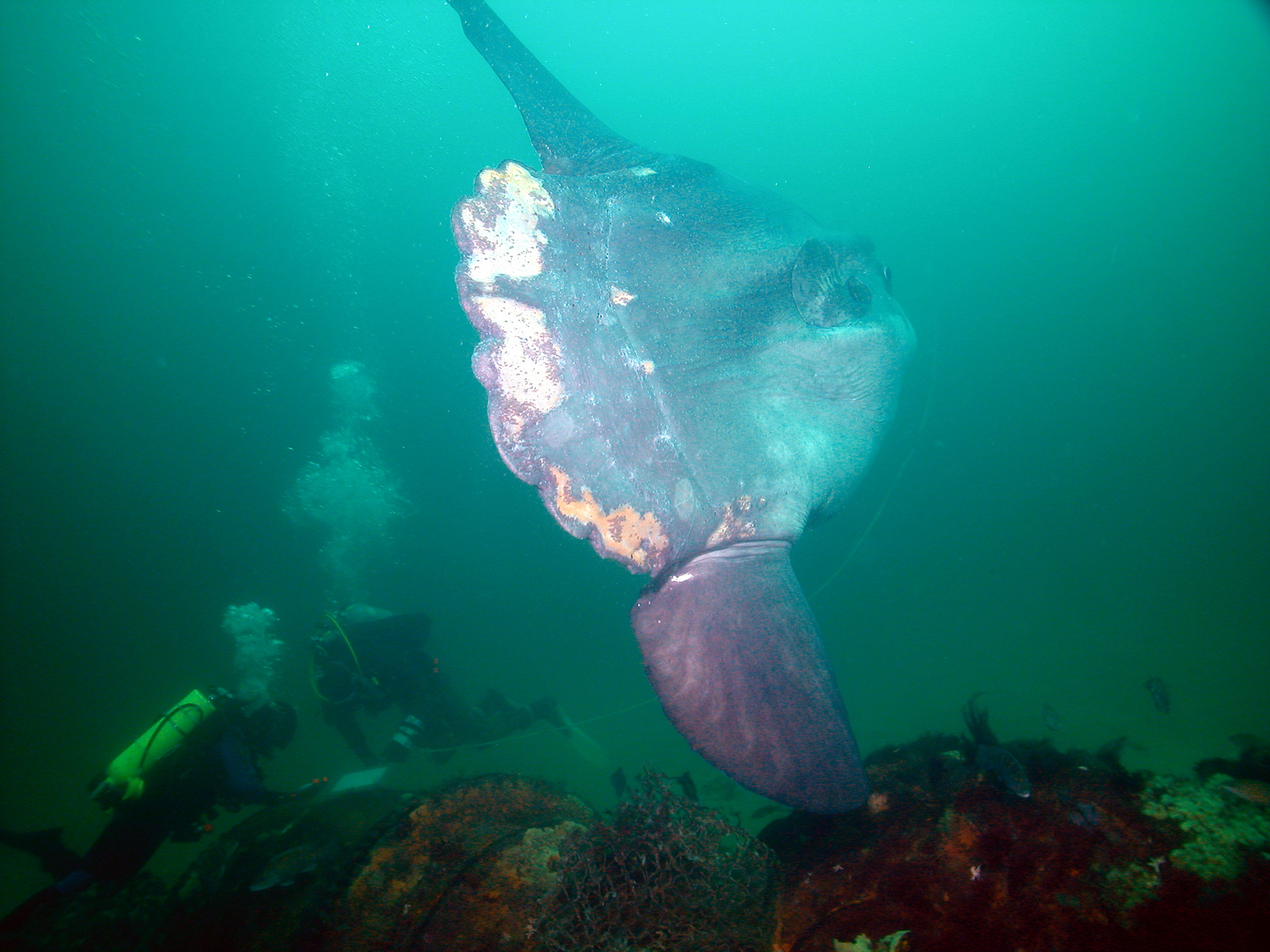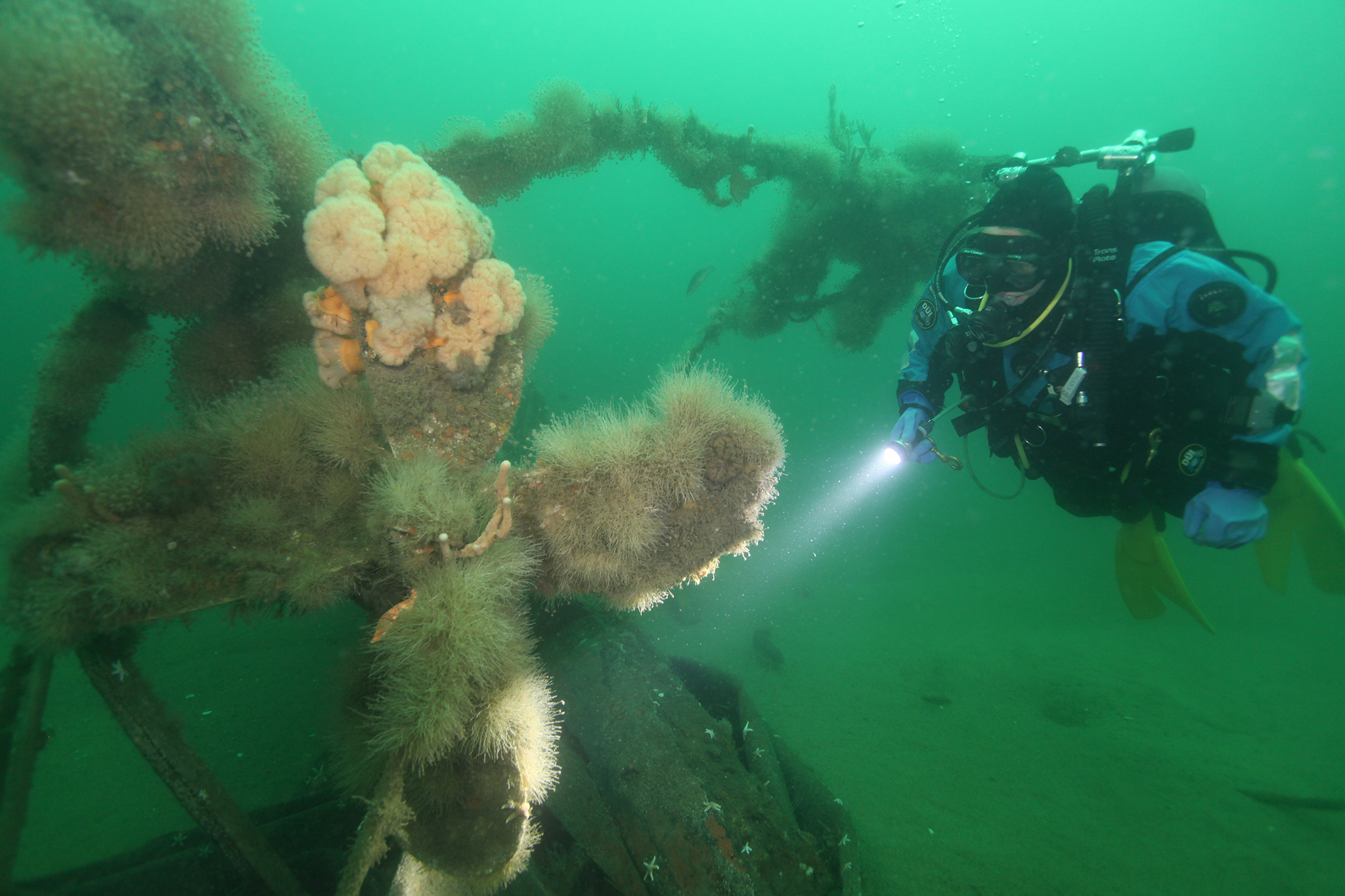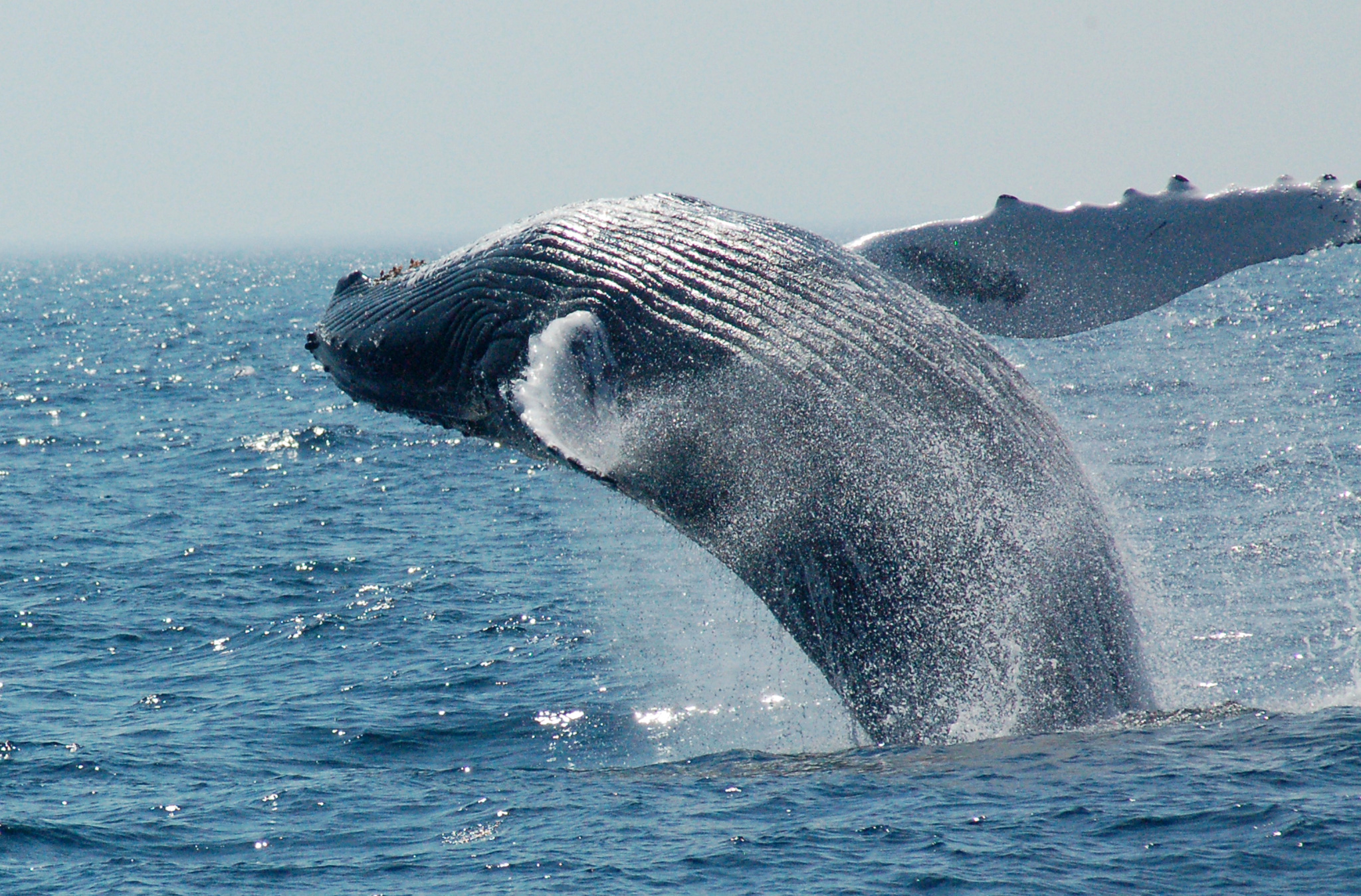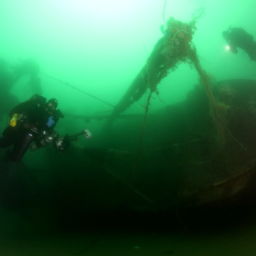For more than 40 years, national marine sanctuaries have protected special places in America’s oceans and Great Lakes waters, from the Hawaiian Islands to the Florida Keys, from Lake Huron to American Samoa. Backed by one of the nation’s strongest pieces of ocean-conservation legislation, the National Marine Sanctuaries Act, the sanctuaries seek to preserve the extraordinary beauty, biodiversity, historical connections and economic productivity of our most precious underwater treasures. And — lucky for you — most of these places are accessible to recreational divers. Unique ecosystems, harboring a spectacular array of plants, animals and historical artifacts, all await exploration. National marine sanctuaries belong to everyone, so dive in.
Stellwagen Bank National Marine Sanctuary
Stellwagen Bank National Marine Sanctuary is located off the Massachusetts coast between Cape Ann and Cape Cod. It’s perhaps best known as one of the world’s premiere whale-watching destinations. But there’s more beneath the surface: this national marine sanctuary is an advanced diver’s paradise.
Roughly 125 square miles of this offshore sanctuary are within recreational dive limits. These seldom-visited environments are home to diverse wildlife and historic shipwrecks, and visibility is usually good. However, depth, strong currents, and cold waters make Stellwagen most suitable for experienced divers. Plan a summer or fall dive around slack tide. During this time you’re more likely to hit the best underwater and surface conditions.
Stellwagen Bank Dives
Dive on several different shipwrecks on Stellwagen Bank to explore the sanctuary’s maritime history. Some have subsurface dive moorings to help divers visit safely, as well as to protect the wreck. These wrecks also hold a concentration of marine life. This can lead to encounters with free-roaming giant lobsters or schooling dogfish in the water column above. If you’re very lucky, the occasional mola mola might sweep by. Unlike the sandy northern and southern ends, the middle of Stellwagen Bank has scattered boulders and rubble that offer hard-bottom habitat for encrusting marine invertebrates, such as northern red anemones and dead man’s finger sponges.
On the northern edge of the sanctuary, visit Jeffreys Ledge, which rises to within 105 feet of the surface. Here, anemones, stalked tunicates, and coralline algae make for a colorful landscape when divers illuminate the scene with their torches. The ledge’s piled boulders create a complex structure, and feature plenty of crevices for fish like cusk and wolffish.
Divers at Stellwagen Bank National Marine Sanctuary should carry a reel and lift bag to make ascents in case of separation from your down line. Carry a safety sausage and whistle as well. Since water temperature at depth here does not rise above 50 F (10 C), you’ll definitely want a drysuit.
On your way back to shore, watch for humpback, minke and finback whales. Each summer, the sanctuary serves as a critical nursery and feeding ground for these amazing creatures. Be sure to review tips for safe boating around whales here.
Experience the wonders of Stellwagen Bank National Marine Sanctuary and other national marine sanctuaries via our photos, and see more images here.


